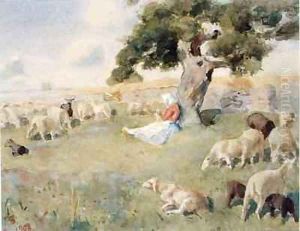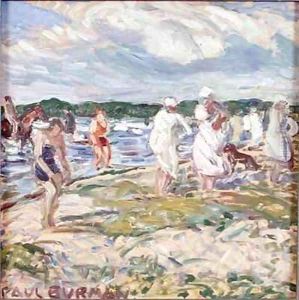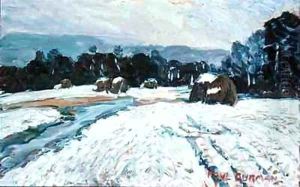Paul Burman Paintings
Paul Burman was an Estonian painter born on July 26, 1888, in Tallinn, which at the time was part of the Russian Empire. He is known for his atmospheric landscapes and cityscapes, which often convey a sense of tranquility and introspection. Burman's early life and education were rooted in Estonia, but he later expanded his horizons by studying abroad, which was quite common for Baltic artists of his generation seeking to gain a more comprehensive artistic education.
Burman's work was influenced by various art movements of his time, including Impressionism and Symbolism. Despite these influences, he developed a distinctive style that often incorporated a subtle interplay of light and shadow. His paintings often depicted the natural beauty of the Estonian countryside as well as scenes from local towns and cities.
Paul Burman's career was relatively brief, as he died at the young age of 45 on February 22, 1934. During his lifetime, he was a respected artist within the Estonian art community, and his work was exhibited in several art shows. However, he did not achieve significant international fame during his lifetime. Despite this, his paintings are now considered an important part of Estonian national heritage and continue to be appreciated for their serene beauty and emotional depth. After his death, Burman's work has been included in various exhibitions and collections, preserving his legacy within the Estonian art history.


